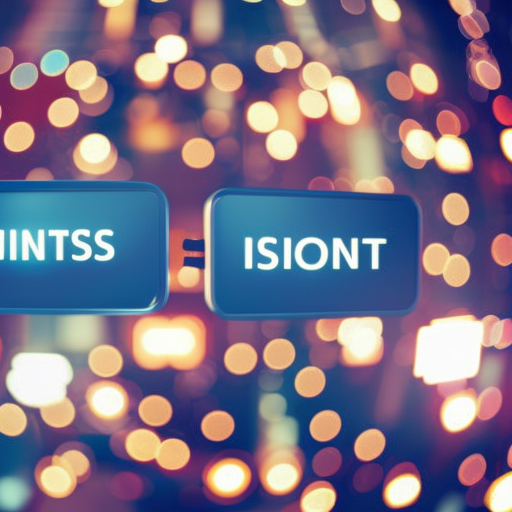Summary: The Internet of Things (IoT) refers to the network of physical devices, vehicles, appliances, and other objects embedded with sensors, software, and connectivity that enables them to connect and exchange data. This interconnectedness allows for the seamless transfer of information and the automation of various tasks, leading to increased efficiency, convenience, and improved decision-making. However, it also raises concerns about privacy, security, and the ethical implications of collecting and analyzing vast amounts of personal data.
What is the Internet of Things (IoT)?
The Internet of Things (IoT) is a vast network of interconnected devices that communicate and exchange data with each other. These devices can range from everyday objects like smartphones, watches, and home appliances to more complex systems like industrial machinery and vehicles. IoT devices are equipped with sensors, software, and connectivity capabilities that enable them to collect and transmit data over the internet.
How does IoT work?
IoT devices collect data through their embedded sensors, which can measure various parameters such as temperature, humidity, motion, and location. This data is then processed and analyzed either locally or in the cloud, using algorithms and artificial intelligence (AI) techniques. The analyzed data can be used to trigger actions, send alerts, or provide valuable insights to users.
Applications of IoT
IoT has numerous applications across various sectors. In healthcare, IoT devices can monitor patients’ vital signs and send alerts to healthcare providers in case of emergencies. In agriculture, IoT sensors can monitor soil moisture levels and automate irrigation systems. In transportation, IoT enables real-time tracking of vehicles and optimizes traffic flow. Smart homes and cities use IoT to control lighting, temperature, and security systems. Industrial IoT (IIoT) is used to optimize manufacturing processes, monitor equipment performance, and improve overall efficiency.
Benefits of IoT
The Internet of Things offers several benefits. It enables automation and remote control of devices, leading to increased convenience and efficiency. IoT devices can provide real-time data and insights, allowing for better decision-making and predictive maintenance. It also has the potential to improve resource management, reduce energy consumption, and enhance overall quality of life.
Challenges and concerns
While IoT offers numerous advantages, it also presents challenges and concerns. One major concern is privacy, as IoT devices collect and transmit vast amounts of personal data. Ensuring the security of this data is crucial to protect individuals from unauthorized access and potential misuse. Additionally, the sheer scale of IoT networks makes them vulnerable to cyberattacks, raising concerns about data breaches and system vulnerabilities.
Future of IoT
The Internet of Things is expected to continue growing rapidly in the coming years. As technology advances, IoT devices will become more interconnected and intelligent. The integration of AI and machine learning will enable devices to learn and adapt to user preferences, making them more intuitive and personalized. The deployment of 5G networks will also enhance the capabilities of IoT devices, enabling faster and more reliable communication.
Conclusion
The Internet of Things has the potential to revolutionize various aspects of our lives, from healthcare and transportation to agriculture and manufacturing. By connecting devices and enabling them to collect and exchange data, IoT offers numerous benefits in terms of efficiency, convenience, and decision-making. However, it also raises concerns about privacy, security, and ethical considerations. As IoT continues to evolve, addressing these challenges will be crucial to ensure its widespread adoption and responsible implementation.












